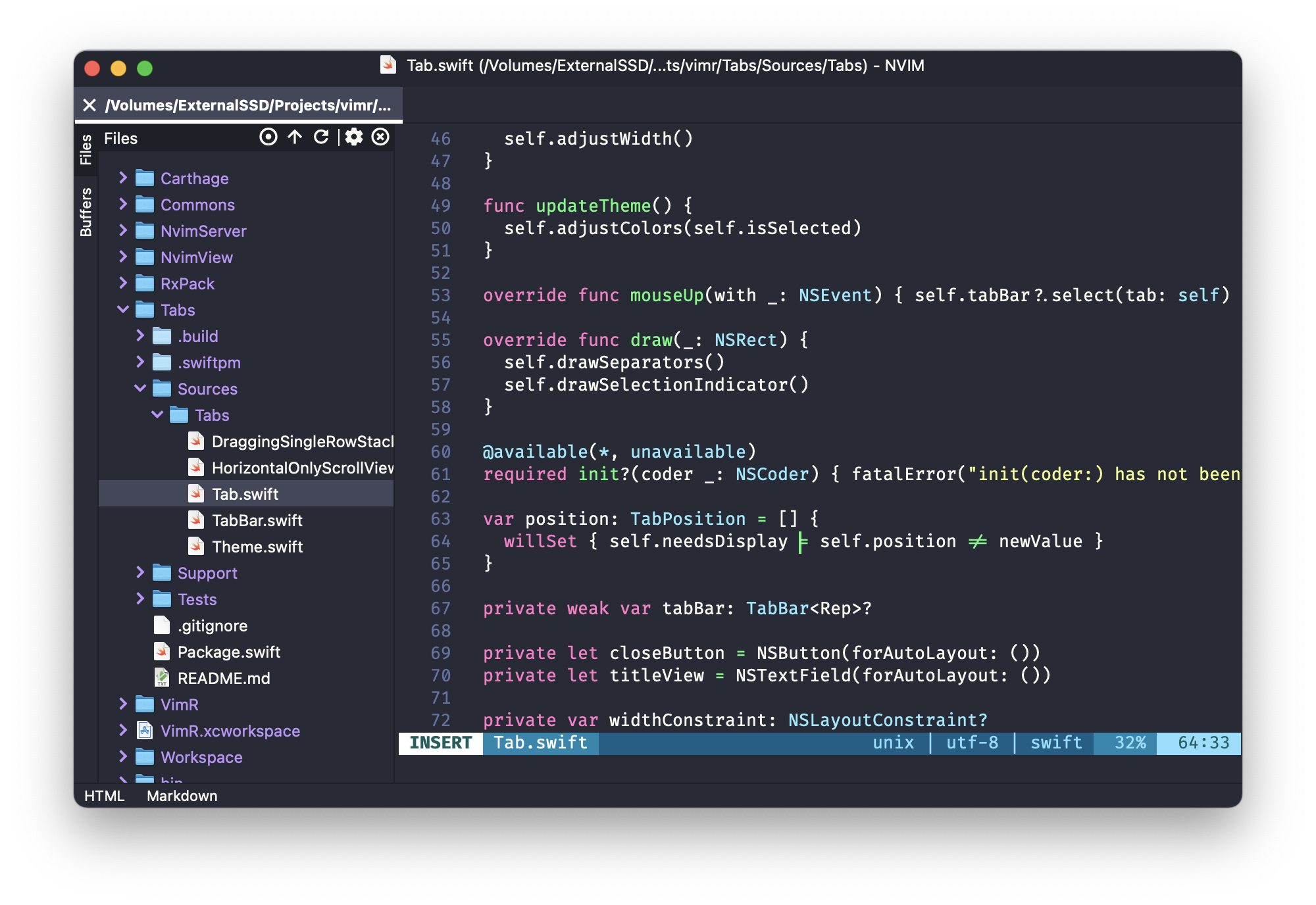

When saving date time value from your canvas app back to your SP List, you may face time zone issue - the date time value within your canvas app is not same as that saved in your SP List. In addition, you could also consider use the following formula to get the current date time value for the DateTimeFieldin your SP List: Today() + Time(Hour(Now()), Minute(Now()),Second(Now()))
UPDATE TIME VIMR PATCH
Note: Please assign Now() function result to the DateTimeField directly within your Patch function.
UPDATE TIME VIMR UPDATE
LookUp('Your SP List', Primar圜olumn = "Specific value"), // find the record you want to update If you want to update existing record in your SP List, please try the following formula: Patch( If you want to create a new record in your SP List, please try the following formula: Patch( Press the Start button and select the settings gear from the lower-left corner. You can type anything you want, but here is an example for you to follow.Hi you please share a bit more about your your Patch formula used within your canvas app? Press : (the colon key) followed by q! (i.e., :q!). Your screen will look like this: Even though you are already in Normal mode, hit Esc just for practice's sake. To make sure you are in Normal mode, simply hit the Esc (Escape) key. If you have text, you can move around with your arrow keys or other navigation keystrokes (which you will see later). Vim has other modes, like Visual, Select, and Ex-Mode, but Normal, Insert, and Command Line modes are good enough for us.

Here are three you need to know to do Vim basics: Modeĭefault for navigation and simple editingįor explicitly inserting and modifying textįor operations like saving, exiting, etc.

Hello, Vim! Now, here is a very important concept in Vim, possibly the most important to remember: Vim has multiple modes. Let's create a file named HelloWorld.java by typing vim HelloWorld.java. The good news is you can use the same command to create or open a file in Vim: vim, where represents the target file name you want to create or modify. I wanted to know: How can I open and close a file without saving my changes?

Remember when I said I was scared to use Vim at first? Well, the scary part was thinking, "what if I change an existing file and mess things up?" After all, several computer science assignments required me to work on existing files by modifying them. Step 1: Create and close a Vim file without saving Now it's time to move on to the fun part-starting to use Vim. Go inside the directory by typing cd Tutorial. Then, type mkdir Tutorial to create a new directory called Tutorial. Once a terminal window is up, type the ls command to list the current directory.
UPDATE TIME VIMR MAC
(Since Vim is also available on MacOS, Mac users can use these instructions, also.) Open a console terminal from your Linux operating system. If you have set backupdir enabled, any and all savepoints on a file are. If you want to hide the column in the CREATE TABLE statement, add HIDDEN after right after ROW END. It doesn’t delete the column, and you can still query the column if you explicitly specify it. Step 0: Open a console windowīefore jumping into Vim, you need to do a little preparation. Im never sure if this is really a good use of my time - but I do enjoy it. ALTER TABLE dbo.SomeTable ALTER COLUMN ValidUntil ADD HIDDEN This hides the column when you perform a SELECT. But the starting point always matters, and I want to make the beginning experience as easy as possible, and you can explore the rest on your own. This will neither make you an expert nor even scratch the surface of many of Vim's powerful capabilities. In this article, I will walk through Vim (based on my personal experience) just enough so you can get by with it as an editor on a Linux system. As for Emacs, well, I sort of gave up, but I'm happy I stuck with Vim. Using Vim for the first time scared me-I did not want to mess anything up! But once I got the hang of it, things became much easier and I could appreciate the editor's powerful capabilities. I used Nano sometimes, but I heard awesome things about Vi/Vim and Emacs and really wanted to give them a try (mainly because they looked cool, and I was also curious to see what was so great about them). For students who could use the shell but weren't used to the console-based editor, the popular choice was Nano, which provided good interactive menus and an experience similar to Windows' graphical text editor. Students could use a graphical text editor like Kate, which was installed on the lab computers by default.


 0 kommentar(er)
0 kommentar(er)
